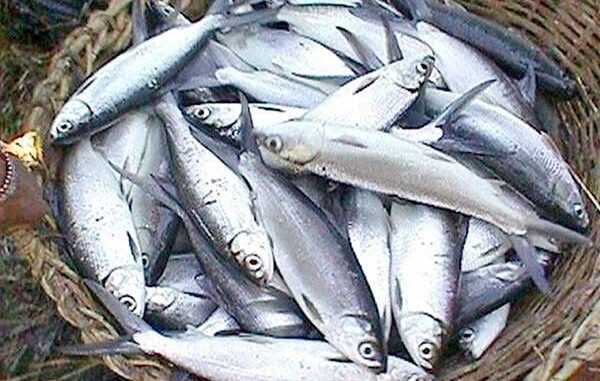
MANILA, Philippines — The government is spending P5 million for an automated hatchery project that seeks to improve the breeding process and production of milkfish fry in a bid to boost the industry.
Three government agencies signed a tripartite agreement for the implementation of the HATCH Project that stands for Heat-Assisted Temperature Control and Monitoring System for Hatchery Management of Milkfish.
The project aims to introduce a cost-effective, reliable heating system designed to maintain optimal water temperatures in broodstock tanks during cold months, according to the Department of Agriculture’s National Fisheries Research and Development Institute (NFRDI).
The agencies involved in the agreement are the NFRDI, the Bureau of Fisheries and Aquatic Resources (BFAR) and the Metals Industry Research and Development Center of the Department of Science and Technology.
HATCH Project leader Glen Espena said the project would involve a recirculating aquaculture system equipped with a heat pump, an electric heater and automation systems for water quality monitoring.
“This R&D intervention aims to create a conducive breeding environment for milkfish broodstock by ensuring optimal water quality in tank-based facilities,” Espena said.
DA Undersecretary Drusila Bayate said the project would help in reducing the country’s dependence on imports for the supply of milkfish fry.
“Our domestic supply of milkfish fry is still insufficient, which forces us to rely on imports. We need to achieve year-round fry production to address these supply gaps,” said Bayate, who chairs the NFRDI governing board.
“The HATCH Project presents an opportunity to enhance the technical and economic performance of hatchery operations, ultimately leading to fry sufficiency and increased fish production,” she added.
NFRDI executive director Lilian Garcia said the project is a “significant” step toward mechanizing and automating hatchery systems in the country.
“Applying science, technology and innovation in aquaculture will catalyze growth and industrialization in the coming years,” she said.
The budget for the project came from the DOST-Philippine Council for Agriculture, Aquatic and Natural Resources Research and Development’s Grants-In-Aid. The project would be implemented at the BFAR-National Fisheries Development Center in Dagupan City for over 18 months, concluding on June 30, 2025.


Be the first to comment